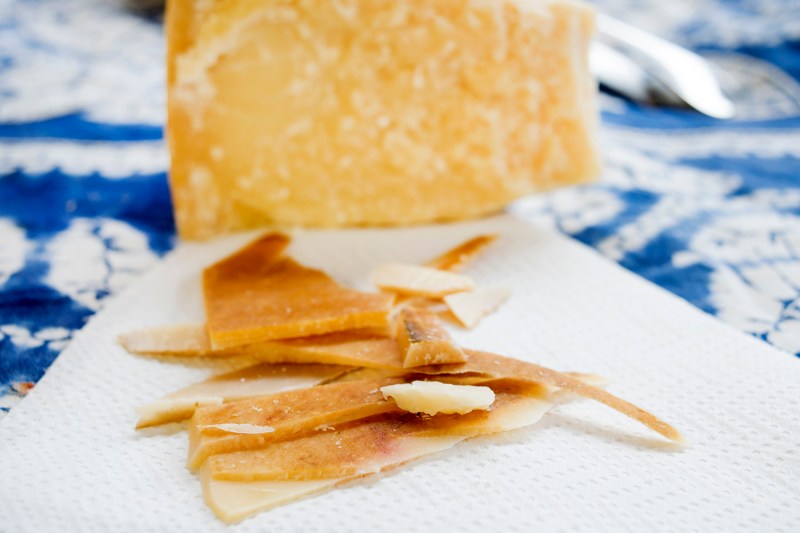
If you’re following any type of food-world media these days, you’re likely aware of the massive trend in favor of conservation and reuse among restaurant chefs and home cooks alike. Once-overlooked kitchen scraps get recycled and utilized in creative ways, and one prime example of culinary detritus with abundant potential comes in the form of the humble Parmesan rind.
These flavor-packed outer cheese shells are a favorite “secret ingredient” of many pro chefs, including Eric Lees, the new executive chef of legendary Chicago Italian restaurant and Michelin Star recipient Spiaggia. We chatted with Lees to get his advice on how and when Parmesan rinds can come in handy, and he made an excellent case for hanging onto these commonly tossed items (Spiaggia has since and Lees is now at Basan in Detroit).

What are Parmesan rinds?
Like any other aged cheese, Parmesan develops an exterior shell during the cheesemaking process (known as the “rind”), a result of air-drying in the temperature-controlled areas used for Parmesan development. Because Parmesan rinds tend to have a much tougher texture than the cheese itself, they’re frequently discarded after the cheese block is grated or shaved down (if you want to see a chef’s unwavering love of cheese, check out Chef Massimo Bottura in Chef’s Table).
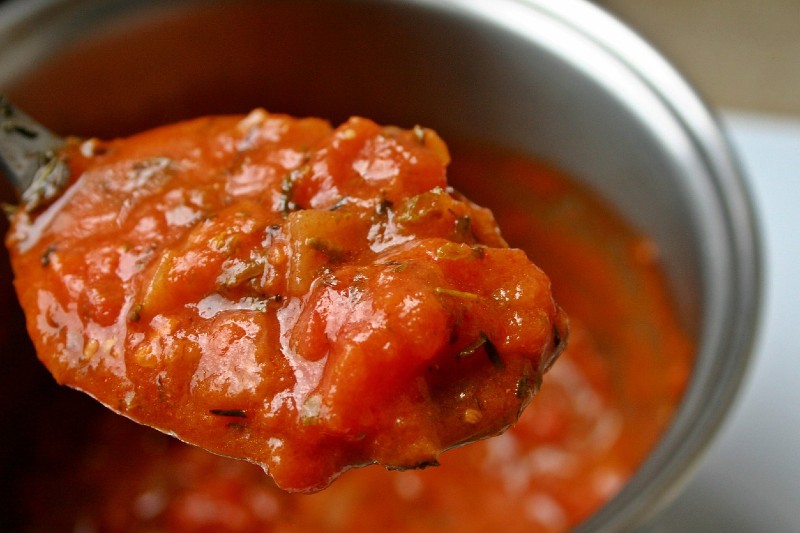
How can they be used in the cooking process?
According to Chef Lees, Parmesan rinds truly shine when used to deepen the flavors of stocks, broths, and sauces. “[At Spiaggia,] we use Parmesan rinds when making stock a lot; we drop them into the stock pots during the last 30 minutes or so to extract all that flavor. When we make our Bolognese, we throw our extra rinds into the saucepot and let them cook in there for 6 hours to get the flavors into the sauce itself. They work in a risotto broth, too … chicken noodle soup, same thing. Steeping in a stock or a sauce is the best way to use Parm rinds. The longer you steep the rind, the more flavor you’ll get. The beauty of it is that you can never have too much Parm rind, because it imparts flavor without overwhelming your stock or sauce base,” Lees told us.
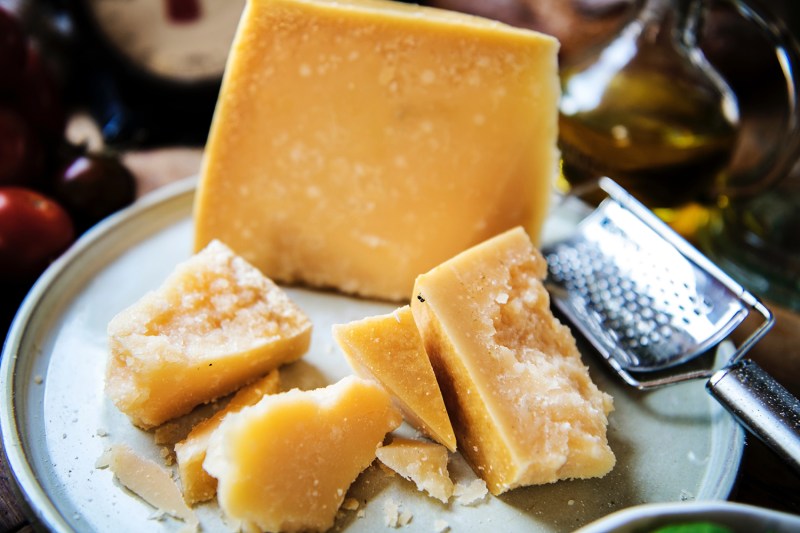
How do Parmesan rinds affect the flavor of a dish?
Especially if you use a rind from actual, aged, imported Parmigiano-Reggiano cheese (rather than a domestic “Parmesan” offshoot), you can glean deep and elegant flavors by slow-cooking the rinds over the stove or in an oven braise. “You get a lot of cheese flavor [from the rinds], of course,” Lees explained. “The aged quality of the Parmesan also comes through into the sauce or stock, and using the rinds during the cooking process keeps you from having to add cheese to the pot later on. Rinds inherently have more flavor than cheese itself; [the flavor is] just really concentrated there, thanks to the aging process. You get a depth that you won’t get from grated cheese.”
If you want to boost the flavor of your stock or sauce even further, try placing the rinds on the grill before dropping them into your pot. “We like to char [rinds] on the grill; the different levels of flavor in charred cheese can add extra dimension to a stock or a sauce,” insisted Lees.

Are Parmesan rinds edible on their own?
The simple answer to this question is “yes.” All parts of a cheese wheel or block can be consumed safely, including the rind. However, because aged cheeses produce rinds with a hard, somewhat-waxy texture, these exterior portions aren’t especially appetizing on their own.
However, a rind that’s been steeping in liquid (like a stock or a sauce) has the opportunity to soften and become an indulgent snack with rich-yet-mellow flavors. “After the rinds have cooked for [a while]; they’re delicious, almost like cheese curds,” Lees told The Manual.
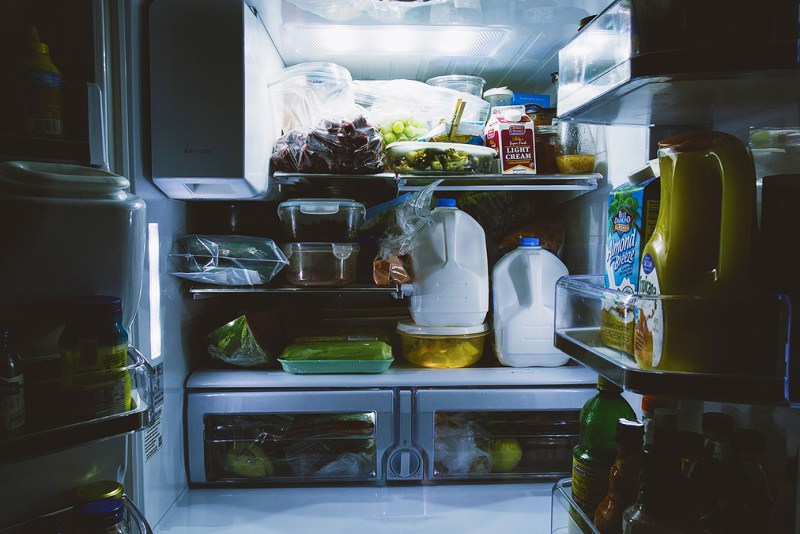
How should you store Parmesan rinds until you’re ready to use them?
“Store them in a cool, dry place, because moisture will cause the rinds to go bad,” Lees cautioned. Luckily, this storage solution proves pretty low-maintenance: “You don’t need to cover [the rinds] while storing; at the restaurant, we just toss them in a big hotel pan and let them dry out in the cooler, because once you put it back into a stock or sauce, it’ll get rehydrated.”
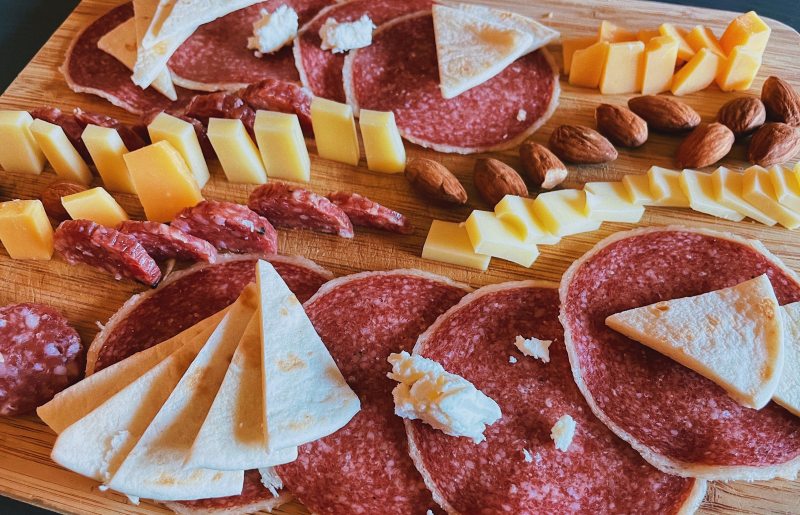
Can other cheese rinds be used for cooking?
“You can use rinds from any cheese in your stocks or sauces. They all have really nice, unique flavors,” Lees explained. He does recommend focusing your cheese-rind energies on aged cheeses; “the longer a cheese is aged, the more flavor you’ll get out of the rind; that’s one of the reasons why we like to use Parmesan rinds specifically (along with the volume of Parmesan that we use at Spiaggia, of course). Parmesan is aged for 12 months, so you get big flavor benefits from that length of time.”
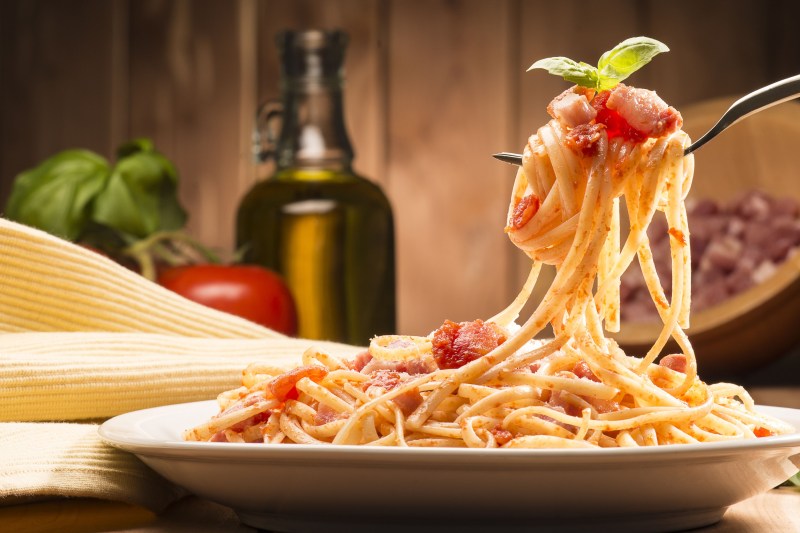
Can you buy Parmesan rinds?
You sure can. Chat up your local cheesemonger for details. Often, they won’t be on display, but will still be available and at a reasonable price. If you can’t find them in the cheese section of your local grocer or at your favorite specialty cheese shop, reach out to eateries that might go through a lot of Parm. Italian restaurants often hold on to the stuff and can arrange to sell it to you for a reduced rate or just hand them out in exchange for being a usual customer (don’t forget to tip accordingly).
Still feeling cheesy? Check out our guide on how to make cheese and pizza-making tips from a world champion. Mangia!


